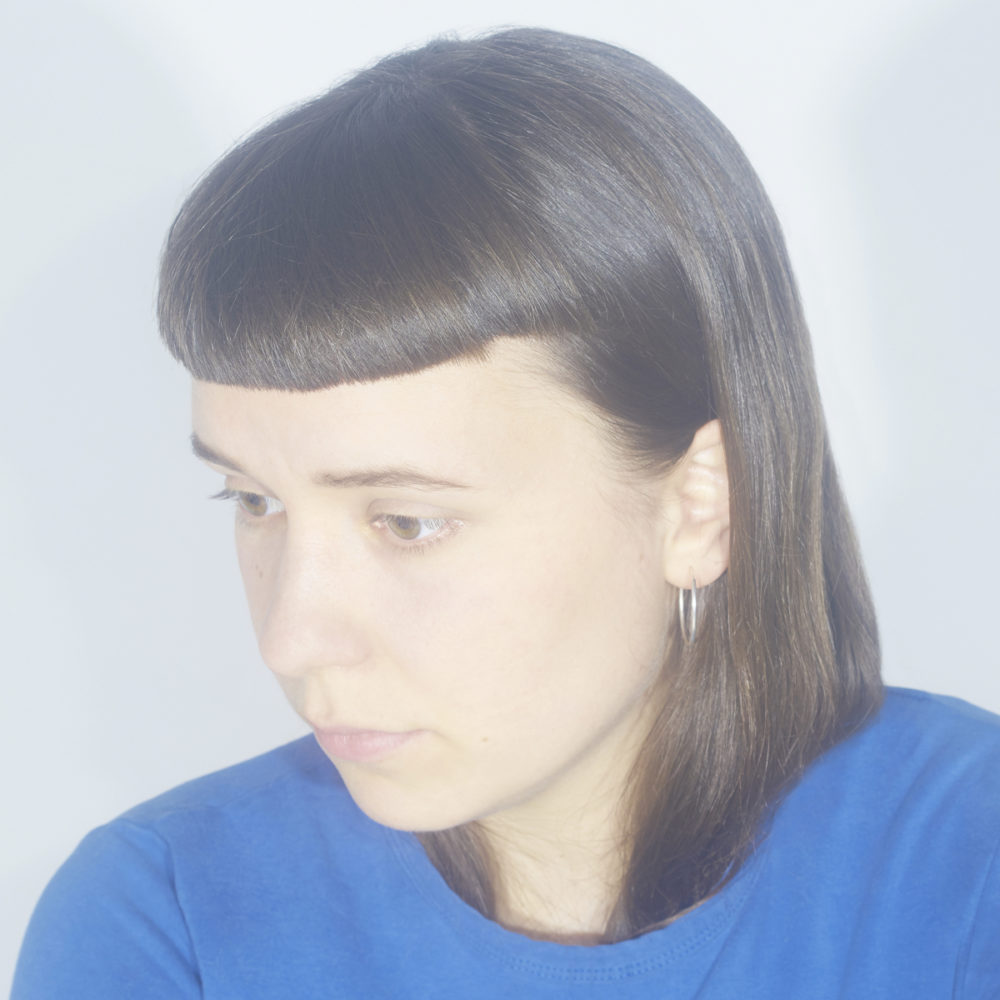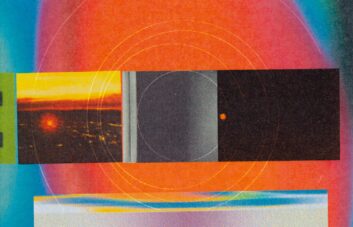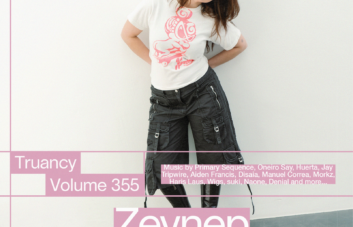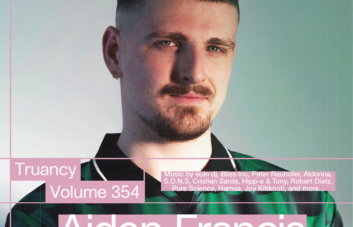Copenhagen-based Astrid Sonne didn’t grow up with electronic music. The composer and violist grew up on a small Danish island and moved to the capital to study classical music, ultimately quitting in her late teens to move into the electronic realm. In 2018, she put out her debut album, Human Lines, and in late 2019, she released an EP entitled Cliodynamics – both for the Escho label. We caught up with her to talk titles, ’90s trance and the origins of Cliodynamics.
I’ve played Cliodynamics so many times and yet I still find something new on every listen. If I had to describe it I would say it’s part trance nightmare, part chamber music, part ambient beauty. How does that sound to you? “At first I laughed while reading, especially the thing with the trance nightmare, but after some thoughts I think I get what you mean. It’s difficult to experience your own piece of work from another person’s perspective and eventually also difficult to know precisely what your music will evoke in the listener, which is something I find really interesting. It’s important for me to produce music that is open, music that doesn’t conclude or manifest itself but is more of an indication a mood, theme, taste etc.”
From what I can tell, cliodynamics is a relatively new discipline that can be summed up as follows:
Cliodynamics is a transdisciplinary area of research integrating historical macrosociology, cultural and social evolution, economic history/cliometrics, mathematical modeling of long-term social processes, and the construction and analysis of historical databases. (definition from Cliodynamics: The Journal of Quantitative History and Cultural Evolution)
Is this something you’re involved in or interested in? How did you come across it? “I’m not anything near an expert on the subject, but I think the method, as I understand it, is very interesting and typical of our time as its trying to predict a possible future out of metadata. We’re trying to find truth in numbers, something we can believe in, feel safe in, but after all, people are unpredictable, free in will and you cannot control the most fatal things in life although you’d like to believe that you can. So I guess it’s the approach rather than the actual phenomena that interests me.
“I came across the word through an article and just fell in love with the sound of it. Clio is the muse of history and dynamics is movement over time and I think that really sums up the release. All the tracks share an inner mediation on memories and awareness of temporality and at the same time focus on dynamics and the balance between when to repeat and when to add something new.”
Was it a challenge to you, working in so many different styles, or is that just natural to you? You told Hyponik about the genesis of each track, but did you do any further work when putting them together? “I don’t see the tracks as being different in style, I see them more as maybe different moods with different intensities. Although the tracks have contrasting expressions they still share a common ground in terms of form, compositional approach, sound material, etc. That being said, the vocal piece was definitely a challenge, but a very fun and important one!
“When putting the tracks together, Agnete (who is a part of Escho) and I were very much focused on dynamics, but nothing has been altered for them to fit each other. I like to think of the tracks as small islands you can inhabit for a while and then leave as you please.”
How did you end up working with Escho? “I had just started at RMC (Rhythmic Music Conservatory) in CPH and was doing music for a play that a friend of mine did. At that time I had not performed solo yet, therefore I decided to perform live every night to get some practice. One of the nights above mentioned Agnete saw the play and afterwards told me that she really enjoyed the music. As mentioned before, I had zero experience and it made a huge impact on me that someone appreciated the music I did. After that I wrote to Nis Bysted, who’s also a part of Escho, we met up and listened to my tracks and from there on we worked together.”
Whenever I press play on “Also”, the opening track from last year’s Human Lines, I think of Movement II in Beethoven’s Symphony No. 9. Have you incorporated much or any of your classical training into your approaches when making electronic music? “I think I have subconsciously, but not intentionally. Of course you learn a lot about form, harmonic and melodic expression from listening and interacting with classical music, but I don’t think about it as such when I compose. But thank you for the comparison, that’s a nice one!”
I saw you mention Da Hool in an interview – how did you come across this one? I presume you were talking about “Meet Her at the Love Parade”… “How can you not get across that one haha, I think I’ve heard it as a child and then Emma (Solid Blake) played it maybe 3 years ago at a Herrensauna party and I was sold, love the track, full on nostalgia and ’90’s vibes.”
I really enjoyed your DJ Mag mix last year. You featured big names like Bruce and a classic from CJ Bolland alongside some other stuff that was unfamiliar to me. What’s your source for dance music these days? “Thank you, happy you like it! My source for dance music is most often my partner Alfredo92 who’s a DJ, producer and passionate collector of records. We share the same home and therefore I’m very much exposed to dance music, I actually listen more to dance music than I listen to anything else, more or less willingly.”
What is strength to you? “To respect yourself and others.”
Astrid Sonne – Cliodynamics is out now. Buy here. She plays Cafe OTO in London on Friday December 6. Tickets here.
Photo by Magnus Bach.




